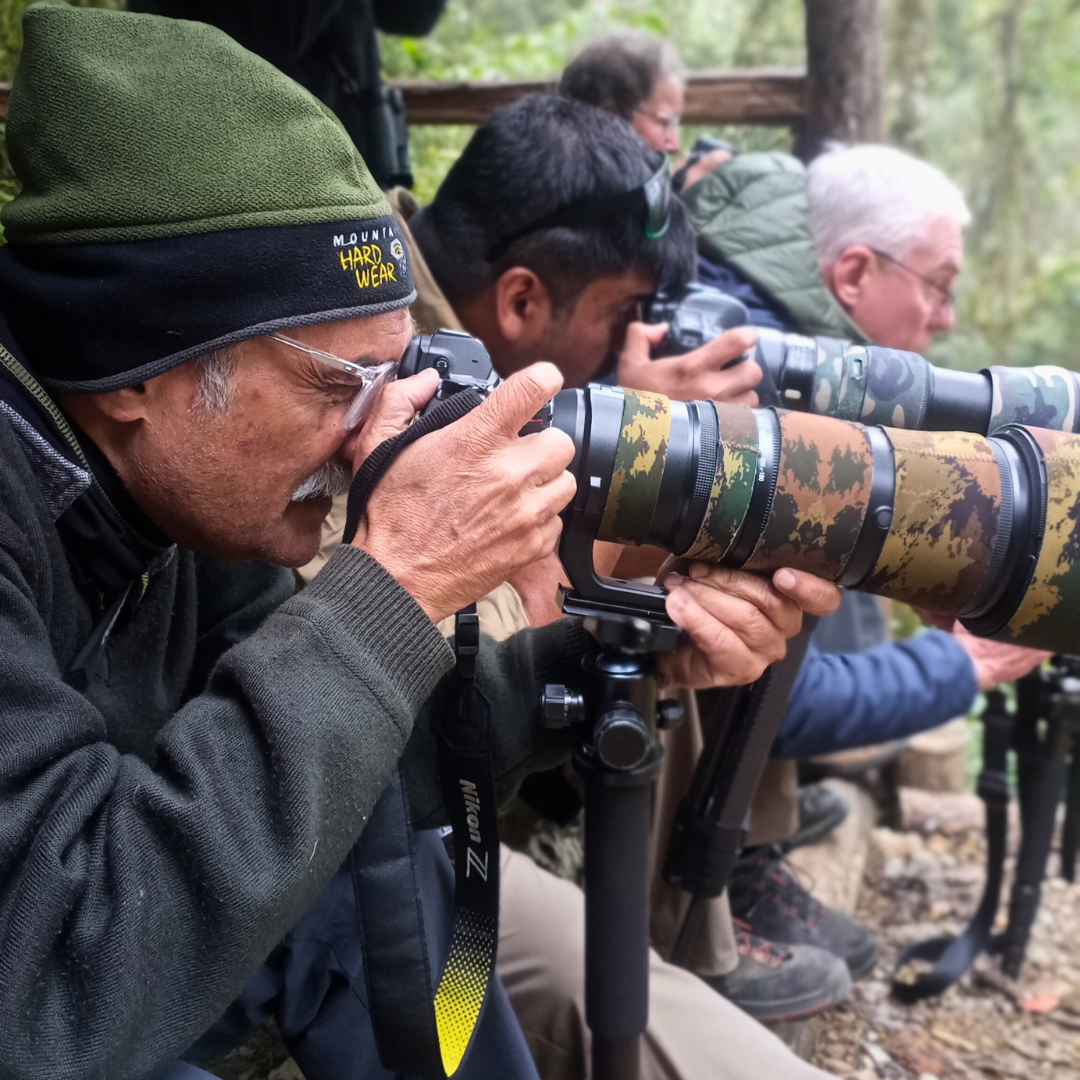
Avian trails India – Colombia Andes 2023
By Luis Garcia
TROPICAL SIMILARITIES OF DISTANT CULTURES
Many times in this tour we found ourselves discussing tropical similarities between what Anita and Deepak, and Upa, have been seen along the way in Colombia, related to how it looks in some places in the distant but also tropical country of India, from where they are coming. Some places they´ve been out in their country for birding and some other nature activities, presents those similarities found like the roads, some vegetation, the mountains and the landscapes as we moved from range to range, from forest to forest made them to have the sensation of being still at home. Something that was found also similar was some people’s behavior through the hills and valleys, the small houses and the smoky chimneys, the oldman with a bag on his shoulders walking a long distance, and some architecture at some places we visited like the Bambusa Feeders house and others at villages and towns, at some point the cadence of the spanish language started to sound familiar for Deepak and Anita “-sometimes when they talk outside in the hallway sounds like people speaking hindi-” they mentioned. That made this tour very interesting for all of us in terms of ecology and culture that enriched our acknowledgement through the days we spent in the field as we shared impressions of what calls our attention every time.
But even though somethings looking much alike, manything was also new for them, the food the way we cook it, our costumes and traditions, how much coffee we drink in the morning, the people and their different faces and expressions, the salsa music with its rich melodies, the sounds and the noise, everything that shapes our mega diversity and our multicultural country, but, the most relevant new thing was something that is here everywhere as you turn to look around, as you stop on the road for food, when you reach any airport, and sometimes just walking around your room in the lodge or flying above your head circling the skies, those are dressed in many colors and sings many different beautiful songs, the birds, the reason of our journey through the Andes of Colombia with Avian Trails India.
Welcome to The Land of Birds, welcome to The Land of Beauty
DAY 2
Starting our birding over the Eastern Range of Colombia in Bogotá D.C., the capital district, its time to visit some páramos and treeline forest to reach the best of the highlands birds.
Hummingbirds from the wild into feeders.
Almost two hours driving out of the city jurisdiction on the way to the east, across La Calera and Guasca municipalities of Cundinamarca, we meet Los Cárpatos dependency road, where Bosque Guajira Reserva Bioandina is located, up to 3200 m. A very nice reserve in the middle of the Tropical mountain forest, near the transitory wood to the Chingaza NP páramo.
This place is fantastic for getting the best from hummingbirds that comes to feeders like Swordbilled Hummingbird, Glowing Puffleg, Mountain Velvetbreast and others but also as Adin allows us to play with the scenario and put some flowers in artificial settings to the enhance the experience, this time Katherin was in charge of the place but we made it possible to do as it is used to until noon with very good results at the end of the session. Time to move on as we have another place to visit, the Observatorio de Colibríes back in La Calera.
Before going over the Observatorio we stopped at Humo y Sabor restaurant for that nice grill and soups, it went really nice for all of us.
Once at Observatorio de Colibríes with the sun shining strongly with blue skies, the chances for taking good photos were out of our reach so we enjoyed the birds and sometimes a couple of perches worked for some of the hummers in this place.
Finishing before 5PM, it is time to go back to the Hilton in the city near the airport. That’s how we wrapped our first birding day in Los Andes, tomorrow paramo awaits.
DAY 3
The largest paramo of the world.
Colombia has almost the 70% of the paramos of the world including the largest of all of them, Sumapaz paramo, located in the rural area of Bogotá in between Usme and Sumapaz districts of the capital, Sumapaz is one of the largest national parks over the Andes with an extension of 346.000 has, from wich 140.000 is part of the national system of protected areas (SINAP). Its unique conditions makes this paramo one of a kind, with plenty of vegetation and special birds for us to discover, so here we go.
Starting 4:30 AM leaving the Hilton on the way to Chiguaza Reserve in Usme for a nice breakfast before climbing up to 3800 m where the Chisaca lagoon and the birding hotspot for our main target the endemic Green-bearded Helmetcrest is the local performer and such a nice views its given. Next to the Helmetcrest, another special endemic, the EN Apolinar´s Wren, is a target bird this morning, displaying really good for clicking some photos.
The flycatchers were also something special, Plain-capped Ground-Tyrant, Red-rumped Bush-Tyrant and Brown-backed Chat-Tyrant made the day for their family.
Anyway, after collecting most of our targets and delighting our eyes with these amazing landscapes, it was getting close to the time to turn back downhill to Chiguaza Reserve for lunch and then, leaving to reach El Dorado airport as our next destination is over Antioquia departamento.
Lunch in Chiguaza is very special with the traditional Ajiaco soup, emblematic from Bogota and surroundings, the place is dedicated for birding so you can feel like home here and the Chiguaza family hosts will make sure you have all the experience.
Time to reach the airport to land in Medellin and transfer by car to Jardín, Antioquia, our “hometown” for the next two days.
DAY 4
Jardín Antioquia, land of coffee and birds.
Moving from east to central Andes, Antioquia departamento holds a rich variety of habitats and traditions, for us this time will be the tropical cloud forest and the temperate lower slopes of Jardín for finding us the beautiful birds in the area.
Two main hotspots to cover on day 4, Doña Lucía Mirador el Roble and Jardín de Rocas with a third to try on the road to Lucía feeders for a very special bird, the Yellow-eared Parrot EN VU. This bird is one of the most seen in Colombia according to its endangered status and the relevance of the programs and projects to protect and preserve this species.
Already on the road by the sector of Ventanitas after Yellow-eared Parrot Reserve, a nice but distant activity sight across the valley, at least 30 parrots flying from left to right over the canopy and sitting on some of those trees full of berries decorating even more the landscape, such a nice sight but, the best was yet to come. Right after we moved back in the car, Mr Nicolás the driver noticed some action on the road, he stopped the engine and we got out for a closer look and spot of the parrots, another flock of up to 10 individuals, amazing. Also it gave nice perches for photos so we couldn´t be more happy.
Another target that appeared that morning in the same spot was the Black-billed Mountain-Toucan, two individuals perching nicely to be photographed, a really nice encounter.
Continuing with our plan for the morning at the first feeder station we meet Martin, a very nice local guy and host from Mirador el Roble, son of Lucía by the way, he is the person that introduces to endemic Chamí Antpitta, formerly called Rufous Antpitta but recently splitted for Colombia and Ecuador given some new and endemic species to each country. In deed, the antpitta was there looking really nice in the chusque bamboo, such a nice and close spotting, well done Martin.
Time for a very local breakfast after hiking out from the forest with our first antpitta on a feeder in our pockets.
Next is Doña Lucia feeders Mirador el Roble, the house of this beautiful family dedicated to host the place with passion and commitment for the birds. Hummingbirds, doves, woodpeckers and brushfinches were the characters on the feeders set with a lovely view over the valley with the mountain range across, what a wonderful place.
The food was also very nice, the taste from Lucía was lovely and it was perfect for everyone. We also get some of the merch and products, earrings and a bag of local coffee as this is one of the main products in the region.
The day will finish back down in Jardín for the Andean Cock-of-the-rock lek, one of the best leks for this species in the Andes, sometimes up to 30 inds spotted giving plenty chances for photos and sights, nice and easy for finishing a very productive day.
Back at Balandu Hotel, a nice pizza from the town and a nice rest for the next day to come.
DAY 5
Bambusa feeders, a warm goodbye from Jardín.
For closing the visit to Jardín the next hotspot is Finca Bambusa, the house of Doña Piedad, a lovely lady that loves her flowers and the birds that comes to her gardens, such the kind of place we like for a very relaxing photo shoot of tanagers, jays, doves and hummers, just perfect for combining the mountain species with low and temperate lands of Jardín.
Doña Piedad and Angélica made it really good with the breakfast and drinks, also they have coffee beans roasted in bags and Deepak got one of those.
Before noon, beautiful birds has come to the feeder and flowers, one that was special is the Blue-necked Tanager, the Western Emerald hummingbird and Green Jay were too, some common but new for Anita, Deepak and Upa were Blue-and-gray Tanager, Palm Tanager, Bananaquit, Rufous-tailed Hummingbird, and Crimson-backed Tanager, beautiful anyways.
This way we close the visit to Jardín, a colorful town with nice mountains and lovely birds, what a nice experience.
Back on the road our next destination is Manizales city, three hours on the way south still over the central Andes range will take us over Hacienda el Bosque Lodge & Birding, our next day hotspot.
DAY 6
Hacienda el Bosque experience.
Once in Manizales and by the country there’s a place where more birds and a nice staying is dedicated to birding, antpittas and hummers are the main species in the feeders but something really special happens there with the outstanding Gray-breasted Mountain-Toucan, another species that comes to feed from grapes giving nice looks for photographs.
The most recent feature in Hacienda el Bosque is the wood cabins for staying, cozy and warm enough for the cold nights of this mountain, very nice for starting the morning schedule on time.
It starts before 7 AM with a delicious breakfast you can order the day before and then the round of feeders will come.
First feeder station is for Equatorial Antpitta, another split from the Rufous Antpitta mentioned before, this was really nice with the chick the parents are feeding and is already visiting the feeder for easy food, next to Juli (the Antpitta) is Armando (The Arremon) a beautiful Grey-browed Brushfinch that never miss the date and likes to be photographed.
Having those two check in less then 1 hour, we move to the second station where hummers are easily seen in big numbers, making it special for Shining Sunbeam and Tourmaline Sunangel for instance, then the second antpitta show is on, Crescent-faced Antpitta, a small but gorgeous bird that takes your breath away everytime. Although the antpitta looks for real good, two more species are coming to this station, the lovely Yellow-bellied Chat-Tyrant feeding crackers from Edison hands, and the Barred Fruiteater, such a beautiful chunk of green, black and orange, very nice.
After this show is time to move over to the third station where more species will come next to the toucan, more hummers and the specialties: Gray-breasted Mountain-Toucan, White-throated Quail-Dove, Sickle-winged Guan, and Andean Guan.
All of those coming to feed right after it got cloudy and cold, maybe the best conditions to find those birds in here as when it is too sunny it gets more difficult to spot the targets. What a lovely day we spent at Hacienda el Bosque, the food, the service and the birds here is such a wonder to experience, thanks Hacienda el Bosque!
Moving to our next accommodation Termales del Otoño near Manizales city and over the old road to PNN Los Nevados (NP), the hotspot for tomorrow morning.
DAY 7
Highest elevation of the tour and very high target bird.
The Andes of Colombia are very interesting in terms of geology also, as for instance the central range is most volcanic soil that keeps some of the craters and activity till today, like the Los Nevados NP (Nevado del Ruíz, Santa Isabel, Nevado del Tolima) snow peaks where the highest of them Nevado del Ruíz 5570 m, is still smoking and presenting continuous earthquakes along 2023 without any eruption so far for good sake.
But the situation this time was a wildfire in the paramo near to Brisas Induction Center location 4100 m, almost 200 ha of paramo vegetation completely burnt by a fire that was still on investigation to find the motive that caused it, what a loss. Anyway, the news was that the situation was controlled so here we go to find our target bird, the very restricted Los Nevados the Buffy Helmetcrest.
Reaching the hotspot by 9 AM with a very sunny and warm day, we set by the cabin and awaited for less than 40 minutes to have our first sight of this beauty, restricted to the area of the Los Nevados NP, this is such a specialty of the paramos of Colombia, second member of the Oxypogon genus group for us in this tour and a very nice individuals showing up, a full grown male and a juvenile displaying in the shrubs just in front of us, lovely. Another specialty here is Andean Tit-Spinetail, a spinetail that is more elusive in the east like in Sumapaz so it was good that it also showed up and photos were possible, really nice.
A final surprise was Black-chested Buzzard Eagle hovering above our heads looking to the canyon over north way, an incredible bird of prey at this elevation, what a view it gave us.
Finishing before noon, we´re heading to Termales del Ruíz dropping elevation until 3400 m, where a different target for the day and the tour is awaiting, that is a one that Upa wants, the Rainbow-bearded Thornbill, a very special hummer we can guarantee a nice shot and fantastic views from it, but also, the hummingbirds feeders and fruit feeders gather some beauties in this place.
Starting by the feeders, the show is already started, Great Sapphirewing is one that gets your attention as big as it’ s, fine full grown males displaying persecutions, Golden-breasted Puffleg is also one of those to get here, astonishing puffleg honoring its name, by the fruit feeder Lacrimose Mountain-Tanager and Scarlet-bellied Mountain-Tanager looks really nice together perching the trees along with Glossy Flowerpiercer.
Continuing with the targets it was time to look over the parking lot for the Thornbill as most of the time it can be found there feeding from flowers and perching and that’s how it happened for us, that individual gave us at least 5 minutes while visiting several flowers coming close and getting far but always visible, what a hummer, that shiny crest and beard with that white tail makes it unique and gorgeous, fantastic!
Right after that, we kept ourselves waiting for the last target, Hooded Mountain-Tanager, the largest of the family. But we couldn’t have it all so it never came to show and it will have to wait until the next trip for Anita, Deepak and Upa. Well, another successful day with many new and special species for our collection so far that made us feel happy and satisfied as we went back to Termales de Otoño for dinner and a nice rest before our final day in the Manizales area.
DAY 8
4 Antpitta at the same place, only at Río Blanco Reserve.
Yes, like that, this hotspot is unique because it is the only place where you can have 4 antpittas easy to photograph, one of those endemic that makes it even better.
Starting at 6:30 AM by the reserve, the hummers are already set by the feeders, the Long-tailed Sylph is a new species to have here so we started early with that target, then it’s time to move over the first antpitta station lead by Carlos Mario Aranzazu, the person that started all of this antpitta feeders in the central Andes of Colombia, him and his son Mateo are back at Rio Blanco Reserve to manage the place for 3 years, and present this birds like the Bicolored Antpitta, a medium size and almost endemic to the Colombian Andes, beautiful.
After the first antpitta we go back to the house for a local breakfast with eggs, arepa, cheese and chocolate, very nice. Then we go after the second station where Carlos and Mateo will present Chestnut-crowned Antpitta, a plump ball on sticks, quite common and easily heard, but shy and rarely seen in the open. This individual was just like that, very shy but gave enough for good sights and photos, amazing. In between second and third antpitta we had the chance to have Stygian Owl asleep perching on a tree, great, our first owl.
Third station and it is the time for Slate-crowned Antpitta, small and fairly bright, short-tailed with long legs typical antpitta shape. This is really incredible.
For turning back we decided to have a walk and adding some chances but the forest were really quite this morning, the local people mention the warm weather as a matter of concern as every year is getting hotter and hotter, eventually we go back to the main house and will end the antpittas show with the endemic Brown-banded Antpitta, already set for some worms by the perch as we placed ourselves there with some exclusive shots before the group that was also there would come to the presentation.
It gave us at least 30 minutes of displaying as it was coming for the worms, this one was hungry today. What a nice bird, it couldn’t get any better like this for the Antpittas around Manizales, amazing.
Well, out of words to describe this feeling we go back to the road and head to Risaralda departamento, our next destination is Montezuma Rainforest at PNN Tatama, we expect to be there by evening so by the road we had lunch and more birds like Vermilion Flycatcher, nice one for a shortstop, so Montezuma here we go.
On the road for 4 hours more, arriving in Pueblo Rico in the early evening for a car transfer, dinner at the lodge and a good rest in the wild. What a sensation to be here, let’s see tomorrow.
DAY 9
Montezuma Rainforest at Tatama NNP.
Influenced by Choco biogeographic region, located in the Southern part of the western mountain range of Colombia, Tatama NP is one of the most exquisite birding hotspots over the west of the Andes as it’s declared an AICA by the spanish acronym, important area for birds conservancy. The humid rainforest conditions and the tempered weather makes this place unique in terms of ecology, with 43.000 ha of protected area (1165-4250 m), the ecologic offer and services it holds represents is very important for the region and the country, a place to visit at least once.
In search of special targets, Viviana Tapasco, one of the members of the family that runs the Ecolodge, she guides the birding here and is going to be our local support, so we started our day at dawn to reach the top of the road early in the morning, with our breakfast already packed to meet the endemic Chestnut-bellied Flowerpiercer, the only endemic species from the Diglossa genus group of Thraupidae (tanagers) family, but also, for the endemic (Henicorhina) Munchique Wood-Wren, a very small wren in the national list that we found on the way up after the first stop we took on the way, we couldn’t believe it happened like this, behaving like the Wood-Wren it is but looking really nice, gorgeous wren.
At that stop we also had Beautiful Hay, that name says it all about that jay, walking a bit further and we found a couple of Fulvous-dotted Treerunner copulating while Red-faced Spinetail scrumbles the leaves in the same tree, and briefly we had a flight of Golden-headed Quetzal that was hidden singing somewhere, what a nice way to start this morning.
Then over the first observation tower at the top of the road, we started to enjoy all the hummingbirds looking around for Violet-tailed Sylph and Velvet-purple Coronet as the flowerpiercer also came to drink from the feeder giving nice positions for good photos.
Increíble, half morning and those two targets done already, time to go downhill for more endemic targets, Gold-ringed Tanager is one of them so here we are stopping from time to time between the next tower but not a sign of the tanagers neither the mixed flock that usually moves in the forest, but the good thing here is that is rich as the park si there’s more than birds to see like the vegetation, for instance the Orchids, more than 500 species of that family makes it a big attraction and a matter of research and study for many years to time. After asking Deepak and Upa to take some pictures, Viviana started to show as many as she knew along the road, some she knew the name but others was just an introduction but very well for enriching the experience to the point that it took away any worries about the birds for a while, very interesting indeed.
We made it on the road until it was lunch time without having the tanager but we kept our hopes high. That lunch was brought from one of the employees in a motorcycle to the tower we are now and we enjoyed it for good. Beans and rice with fried bass and sweet plantains, lovely.
Anyway, it is time to keep on our targets, the hummers gave plenty of opportunities, Greenish Puffleg, Brown Inca and Rufous-gaped Hillstar by the feeders so we got all of them already but that tanager is not showing and the weather starts to change and a foggy cloud comes over the forest which makes it very difficult to photograph any target, nevertheless we continued trying having another moment with Munchique Wood-Wren giving even better perch and position.
Around 3:30 PM that tanager only gave us a far distant sight through the fog but out of reach for the cameras with those conditions.
Turning all the way back down until the bridge over Rio Claro, two sightings from John Velez our driver saved the day, one is another endemic from the Cardinals family, Crested Ant-Tanager, foraging the bamboo guadua near the river and the second target is Broad-billed Motmot, the second Motmot for our tour that also was possible to take good shots. We made it back to the main house around 5 PM, Upa took a break and enjoyed the view for a while but Deepak continued clicking the camera with hummers and Cinnamon Becard near the house but the light was going down fast and we wrapped up the day for a rest before dinner.
What a productive day in the wild with plenty of hummers and rich diversity that makes clear why Tatama/Montezuma is that hotspot everyone should come and discover, we are very happy to be here.
Our last dinner was very special, completely vegetarian cooked very well, thanks a lot to all the people in Montezuma for that, a nice rest and our final hours in this wonderful place the next morning our coming.
DAY 10
Goodbye Montezuma on the way to Cali through the valley of sugar.
Still feeling satisfied by the yesterday’s birding session we started this morning with clouds and rain so by 6:30 AM the light wasn’t that good yet, so we took the breakfast to buy some time on the weather, that was also a very nice meal with cereals, milk, yogurt, eggs, sausage and cheese sandwich, very tasty.
Back to our business, we started to walk around the gardens starting at the feeders with Green Thorntail, Red-headed Barber both sexes, also for the Chestnut-headed and Russet-backed Oropendola and a nice surprise from Black-cheeked Woodpecker on the feeder but also standing on a tree for the perfect picture. We moved to add more chances like Buff-rumped Warbler, common but nice like Black Phoebe, Social Flycatcher and Torrent Tyrannulet as well, finally the Cinnamon Becard gave the perch for the photograph and a brief moment with Black-winged Saltator but not possible to click.
At the end we tried a final endemic, the Grayish Piculet that is nesting near the cabins but not present around, nevertheless we noticed that the fine work of the whole it builds in a guayabo tree, amazing. Well, what a productive morning it was for closing the stay in Montezuma, many new birds and botanics and a willingness to be back is what it gives to all of us, thanks Viviana, and everyone for making this a wonderful time for us.
Time to hit the road and move on the way to the south for reaching Cali but with a stop over a body of water called Sonso Lagoon, a hotspot for water birds and others related to wetlands.
Reaching Sonso around 5 PM, Erney and I we noticed that the wetland is completely dry as we took the dependence road, not a sign of water, it’s confirming that the dry season we’ve been experiencing is also present here, nevermind the conditions we moved further and a Ringed Kingfisher was seated in a branch next to the creek and it was possible from the car before it flew away, later on the road we found a group of new species so let’s have them, starting with Cocoi Heron and Black-necked Stilt with Least Sandpiper, Lesser Yellowlegs on the shores of the Cauca river, then moving over the road to the CVC facility, Horned Screamer next to a Wattled Jacana that seemed both cooperative to feed together, Striated Heron and Great Egret followed by Purple Gallinule and Common Gallinule and two inds of Limpkin also, at some point parrots flyover and we had a perch of Blue-headed Parrot, very nice.
Well, that’s how it goes in Sonso, in less than one hour we made a complete new checklist of around 20 species and most of those were possible to photograph, very good for closing the day.
Back to the car and on the way to Cali, Valle departamento, to Movich Casa de Alférez hotel, our base for the final days of the tour.
We Reached the hotel about 7 PM, the city looked festive with a good vibe in the air, checked and settled for dinner and planned our final days starting the next one at Doña Dora, a very famous hotspot known by the owner Doña Dora and her family.
DAY 11
Doña Dora, relaxing and exciting time at Anchicaya valley.
5 AM schedule sticked with us until this days, so here we are at dawn back on the road for reaching the Anchicaya river canyon, known as Gran Reserva Forestal Protectora Nacional del Anchicayá, 6 tributary rivers to the Anchicaya along it´s 100 km, and the megadiversity of the forests, makes these region valuable in terms of water and the services it provides to Dagua, the nearest town and a market center for the dependencies around. The Anchicayá is also part of the NP Los Farallones de Cali.
After 1 and a half hour we are at Doña Dora Avistamiento de Aves before 7 AM, on the road, Erney gave us tree perches with really special activity on them like a mating couple of Bat Falcon over 30th Km doing just that, eating a bat and copulating, that was remarkable to see and the photos went very well, secondly it was already by the river trying to look for ducks without luck but with a big surprise, Crested Ant-Tanager right in front of us for improving the ones back at Montezuma, and the often heard Bar-crested Antshrike was finally visible for photos, two females and one male showed all over, that was special, and the final one was the Lyre-tailed Nightjar on one of those bends about to arrive at Doña Doras, it could be either a male or a juvenile developing its long tail as it had a not so long one but that perch on the rock was special, thanks again Erney.
Back to the feeders in the backyard we set ourselves right in front of the fruit stations but a misty fog was making it not that easy so as the second thing to do here is try the tasty empanadas they cook, we order some and of course it’s really nice with that coffee, what a combination, later we had the house breakfast that was delicious.
Even though the conditions, the birds were coming to feed like Green Honeycreeper, White-lined Tanager, Silver-throated Tanager and hear me this, Glistening-green Tanager, that is such a jewel of a tanager you should have once here, very nice, then one of the targets of the place came to the place and it is Toucan Barbet, splendid to see like that easy right in front of you, working the trees to break holes, jumping from branch to branch, quite a moment with this bird. On the side of the hummers a different species was added, the White-wiskered Hermit with that decurved long bill and long tailed, beautiful.
Anyway, it was time to find another target, Crimson-rumped Toucanet, we were told that the ficus tree next to the house was crowded of berries so we started to look from time to time to that tree but besides the tanagers and the Barbets, that of course we collected perching and feeding, there was no activity from the toucanets. It was about noon when I went to look outside the place over the road and noticed the presence of the birds and called Deepak, Anita and Upa, right after that I noticed also some particular behavior within a female tanager of White-lined for a moment but that never stopped and as the group arrived, it turned out that two toucanets were trying to feed from that tanager so we had the whole situation in front of us, Crimson-rumped Toucanet feeding display involving a smaller bird, fantastic and shocking to witness at the same time but that’s how nature goes in the wild.
Check back to the stations to collect more like Rufous-throated Tanager, new positions for Golden Tanager looking gorgeous, like the Mourning Warbler that was there all day through, same as the brushfinches, thrushes and euphonias sharing with the tanagers, eventually the fog came back for a long time and it was not possible to keep shooting even to the Saltator that came to feed from the chontaduro palm tree fruits. In the meantime we walked the garden trails to find some orchids as here is a recent introduction to the Colombian checklist. We also had a very nice lunch with soup, rice and grains, great, just the way we like it.
Finally the fog never stopped so we decided to move back to the city, everything here was splendid, the food, the people and the many birds you can find while enjoying the empanadas and the fresh air of the pacific, like this we can say goodbye and thanks to Daniela, Elver and Geiler, till we come back again guys.
DAY 12
Final day at Km 18 with the last endemic species.
Our final day is at the most vibrant place for birding around Cali with two hotspots to visit, La Florida and La Minga, the 18th Km is the highest elevation point (2000 m) on the road to Buenaventura city by the Pacific coast of Colombia, this place is known also for the tropical cloud forest, the fog, the cyclist and the local food on the road.
Today the weather is clouds and rains as we arrive in La Florida, hosted by Javier this morning as usual there is also his wife, we started with a nice coffee that Javier pour for you, then we walked the place to scout the hide where the first target would come, the endemic Chestnut Wood-Quail, when one ind of Andean Motmot was still feeding from a bounce of insects on a lamp over a white screen, as well Slate-throated Redstart and Canada Warbler, good chances for a closer chance with those for the last time.
On the other hand there is also the fruit feeder where some tanagers were already visiting the fruits but the main target here is the endemic Multicolored Tanager, one that is named for many as the most beautiful tanger in Colombia and it can be for sure.
Nevermind the weather we started with a nice breakfast by the table with cereal, hard boiled and scrambled eggs, chocolate with milk and a warm bread, as Javier gave us a call “hey, here are the Quail-Doves”, so we moved immediately to the blind and there those were, 7 inds which makes it even better, we couldn’t believe it could go like this with an endemic species on a feeder station, many opportunities for clicking, it was also nice to see more Columbidae together as White-throated Quail-Dove, Eared Dove and Common Ground Dove were sharing the grains, fantastic.
With that target cover and half of a breakfast to go we managed first to finish the meal and then moving over the fruit station expecting that tanager to show up, it didn’t took that much until it came, wonderful, it was three of them, looked like a family is together as a full grown male is clear but also a less shiny ind and another dull coloured ind, this is really nice having aging and sexes from a specie right there at the same time. Right after that, Black-capped Tanager and Golden-naped Tanager, also new for our list came down and gave us also nice times, like the Blue-winged Mountain Tanager, the last Anisognathus of the tour.
And it gets better as checking back at the doves spot, another often heard but very elusive species was singing from close, it was Grey-breasted Wood-wren coming over that white screen but perching on the shrubs looking really nice, back again to fruit station, Sickle-winged Guan and endemic Colombian Chachalaca made it easy for nice photos when suddenly one ind of Crimson-rumped Toucanet came to give such a portrait photo perch that we looked each other like we couldn’t believe it, “too good”, Upa kept saying, very satisfying here at La Florida, more coffee Javier please.
Well, it was wonderful and very productive but we had our very last hotspot to visit, so time for shopping some souvenirs and coffee and saying goodbye to Javier for the hospitality and the high quality of birds and perches in the place, thanks again.
Finally we are heading to La Minga Ecolodge for lunch and checking what could be new even though we got everything almost done by the similarities of the ecology and the checklist of the place, nevertheless we made it to La Minga just in time for a fine lunch that Betty cooked for us, the house looks good and they are making some reparations to the building for more and better capacity, good.
Back to look at the garden most of everything has overlapping so just a new opportunities for a couple of hummers, except by Swainson’s Thrush, final migratory and final new species to wrap up 12 days of birding in the Andes of Colombia, such a great feeling to end like this, at a nice and relaxing place, saying thanks to each other’s for a safe and good trip with plenty of birds and good times.
Being say that, next destination is Palmira’s international airport for flying back to Bogotá, we packed the bags for the last time to be ready for the checkin and the boarding later on, a final goodbye to our final host Mrs Betty and here we go, with a smile on our faces to reach that airport.
SPECIAL BIRDS PHOTOGRAPHED
Colombian Chachalaca E
Sickle-winged Guan
Chestnut Wood-Quail E
Violet-tailed Sylph
Rainbow-bearded Thornbill
Buffy Helmetcrest
Green-bearded Helmetcrest
Swordbilled Hummingbird
White-booted Racket-tail
Empress Brilliant
Western Emerald
Andean Motmot
Ringed Kingfisher
Red-headed Barbet
Toucan Barbet
Crimson-rumped Toucanet
Gray-breasted Mountain-Toucan
Black-billed Mountain-Toucan
Black-cheeked Woodpecker
Bat Falcon
Yellow-eared Parrot CR
Chami Antpitta E
Brown-banded Antpitta E
Crescent-faced Antpitta
Andean Cock-of-the-Rock
Plain-capped Ground-Tyrant
Red-rumped Bush-Tyrant
Yellow-bellied Chat-Tyrant
Beautiful Jay
Apolinars Wren
Black-headed Brushfinch
Chestnut-headed Oropendola
Golden-fronted Redstart
Crested Ant-Tanager E
eBird Trip Report https://ebird.org/tripreport/182455
Final words
In behalf of Manakin Nature Tours I would like to thank Avian Indian Trails and Rajesh Kumar for all of the efforts for bringing this people to Colombia for birding with us but also would like to say that we are still waiting for you Rajesh and Partha to live this experience in the future.
Also, a big thanks to all of the Manakin allies and partners that make all of this possible, every place and person we visit in this route is special and relevant to bring happiness and good memories to our visitors. We appreciate your hard work:
From the bottom of my heart, Anita, Deepak and Upa, I hope you all have the best celebrations and I wish you a happy new year in the company of your beloved ones.
This goes also to all of the people at Manakin Nature Tours and below.
Katherine, Bosque Guajira
Claudia, Observatorio de Colibríes
Daniel y Sandra, Reserva Chiguaza
Freddy, Colsubsidio Balandú
Lucía y Martín, Mirador el Roble
Olga, Jardín de Rocas
Doña Pieda y Señora Ángela, Finca Bambusa
Sirley, Doña Nancy, Edison y Juan Martín, Hacienda El Bosque
Andrés y Mauricio, Termales del Ruíz
Funcionarios de PNN Los Nevados Nevado del Ruíz Sector Brisas
Claudia, Carlos Mario y Mateo, Reserva Río Blanco
Tapasco Family and Jhon, Montezuma Rainforest
Movich Casa de Alférez Cali
Daniela, Elver y Gilder, Doña Dora Avistamiento de Aves
Javier, La Florida Bosque de las Aves
Betty, La Minga Ecolodge
Tour members
Luis García Cuartas, TL.
Anita and Deepak Rastogi
Upamanyu Das
Erney Fonseca, Solutions In, Main driver
Transfers and day trip Solutions In drivers: Héctor, David, Alejandro, Nicolás
Post a Comment
You must be logged in to post a comment.

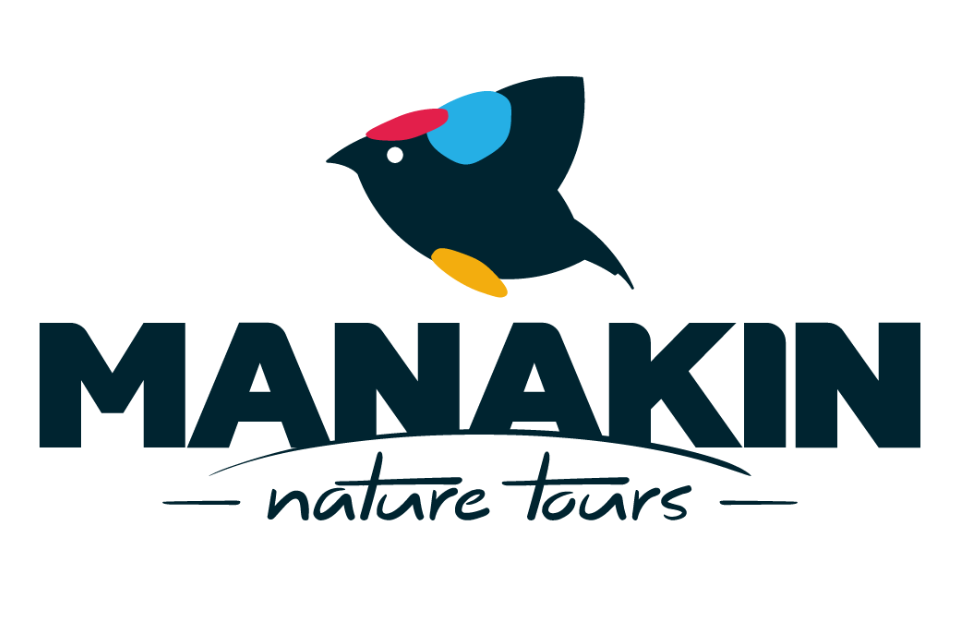

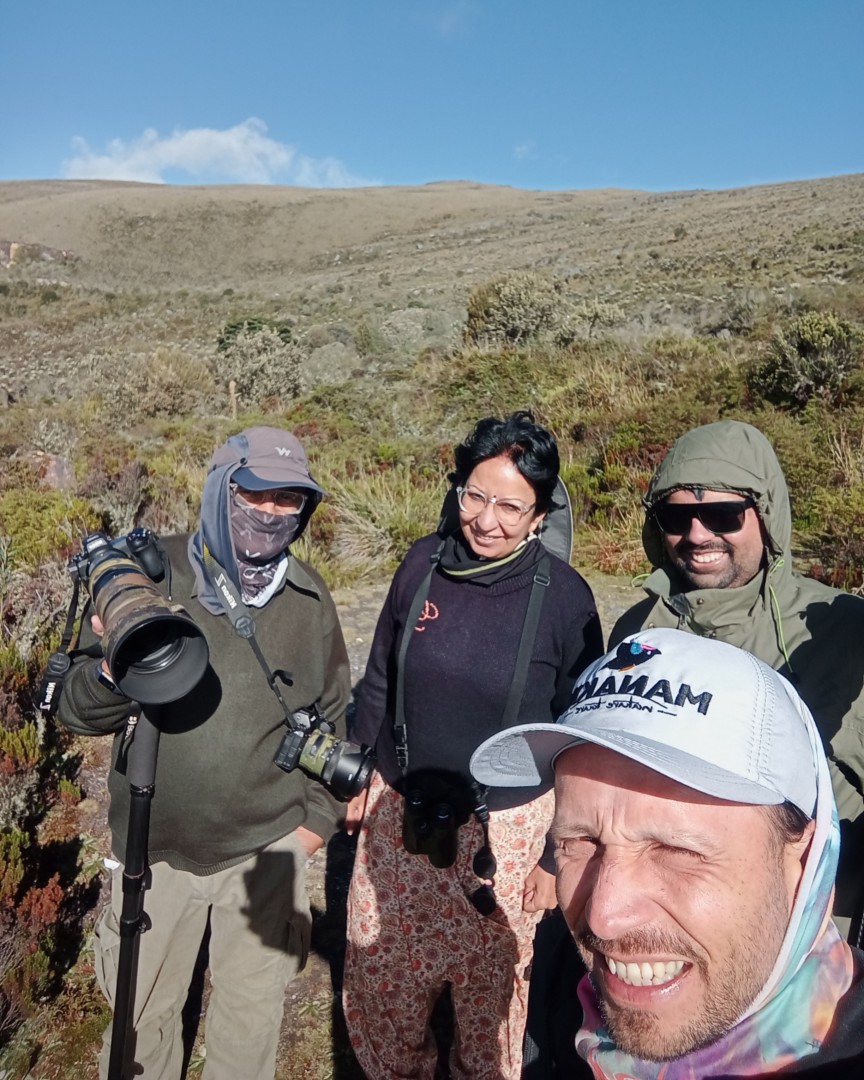
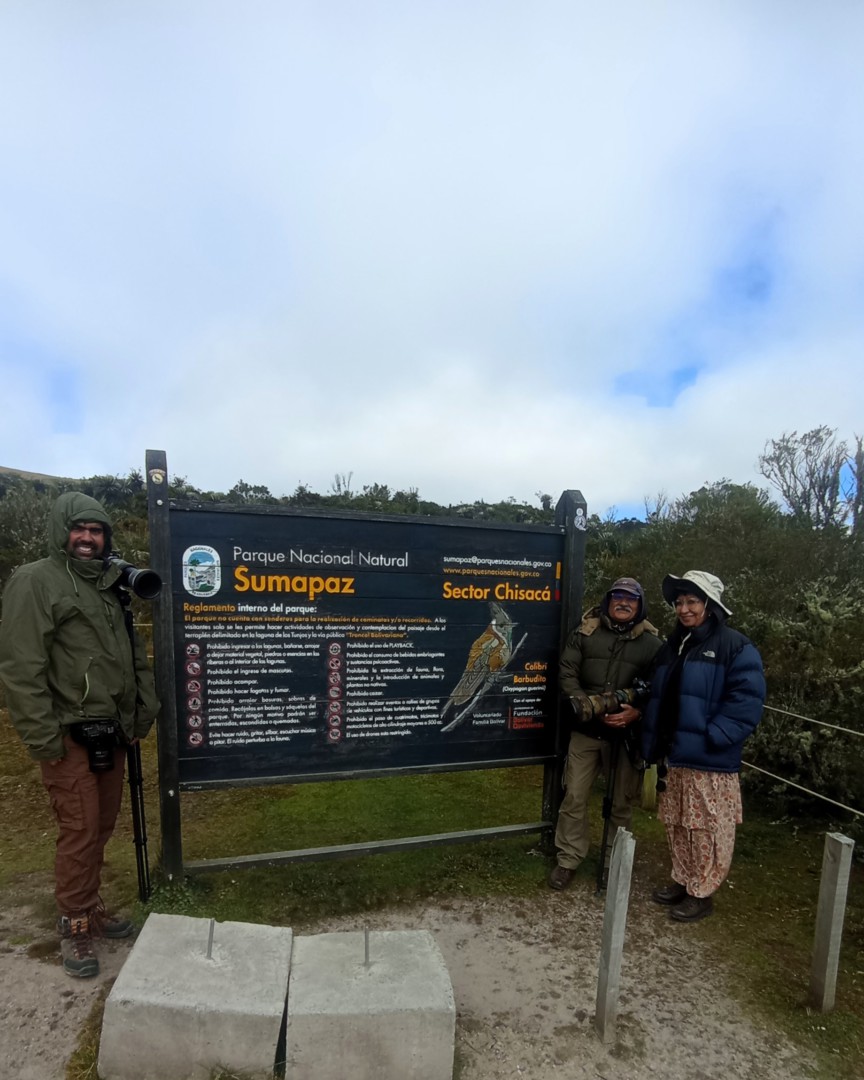
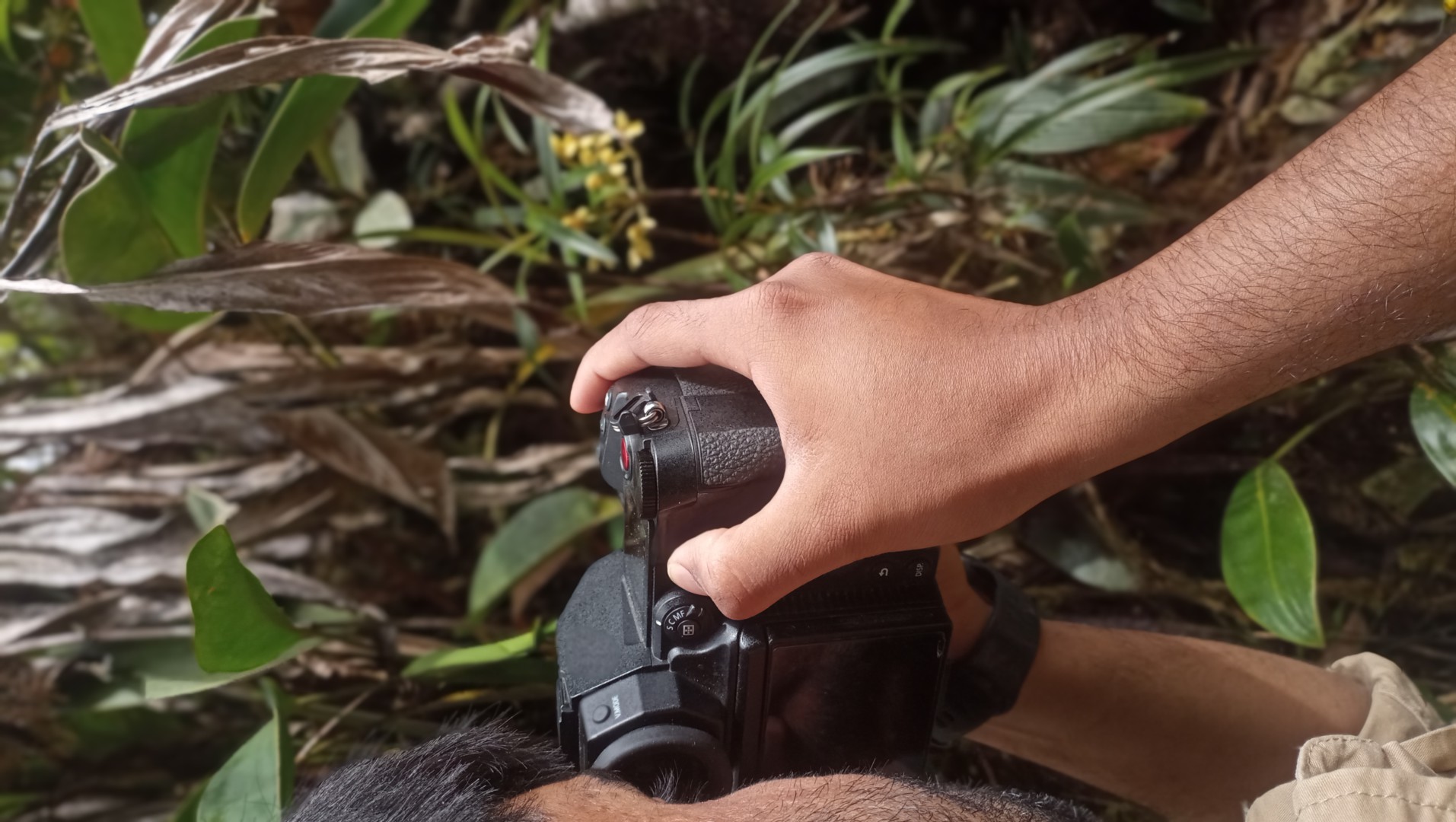
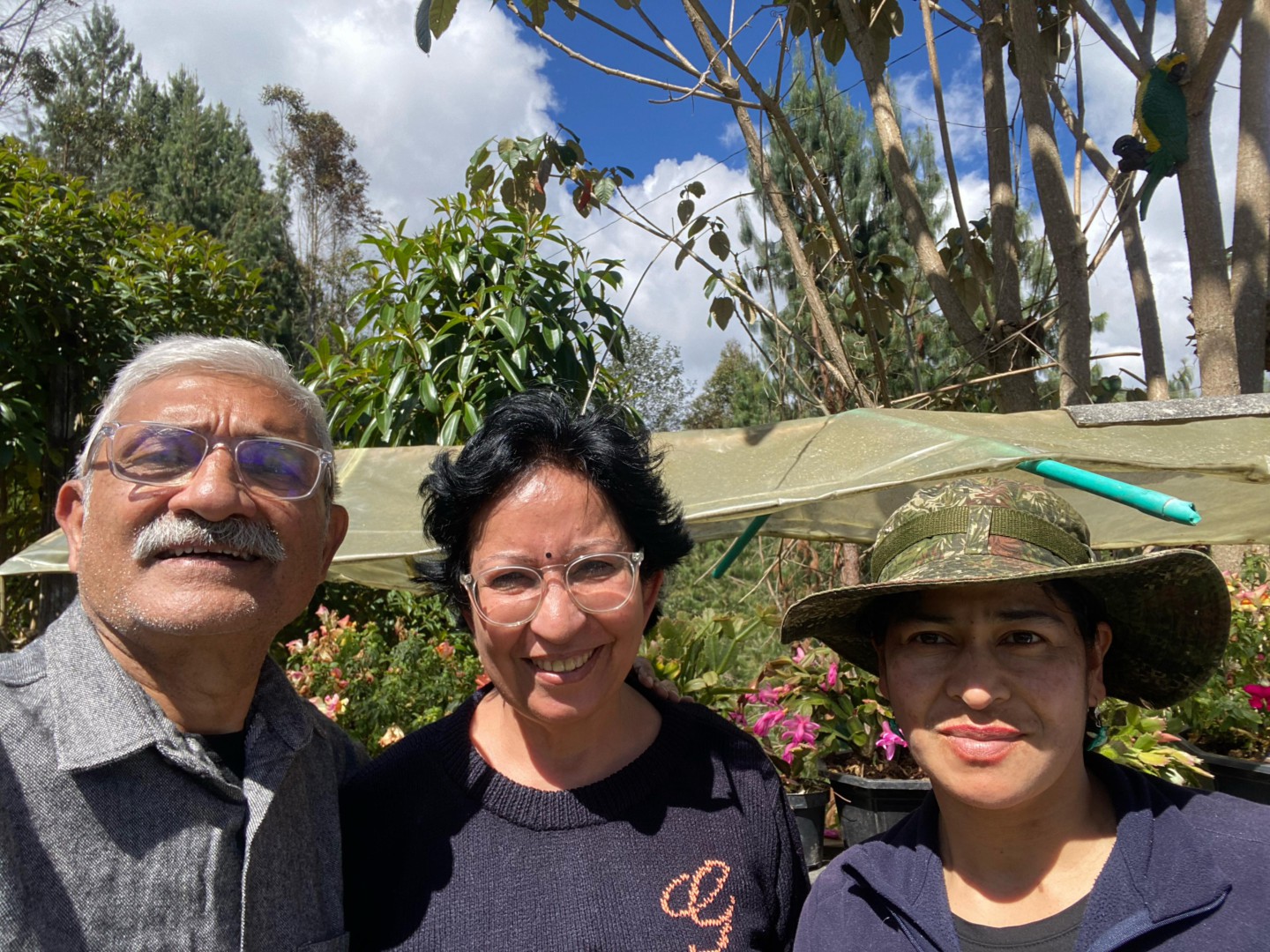
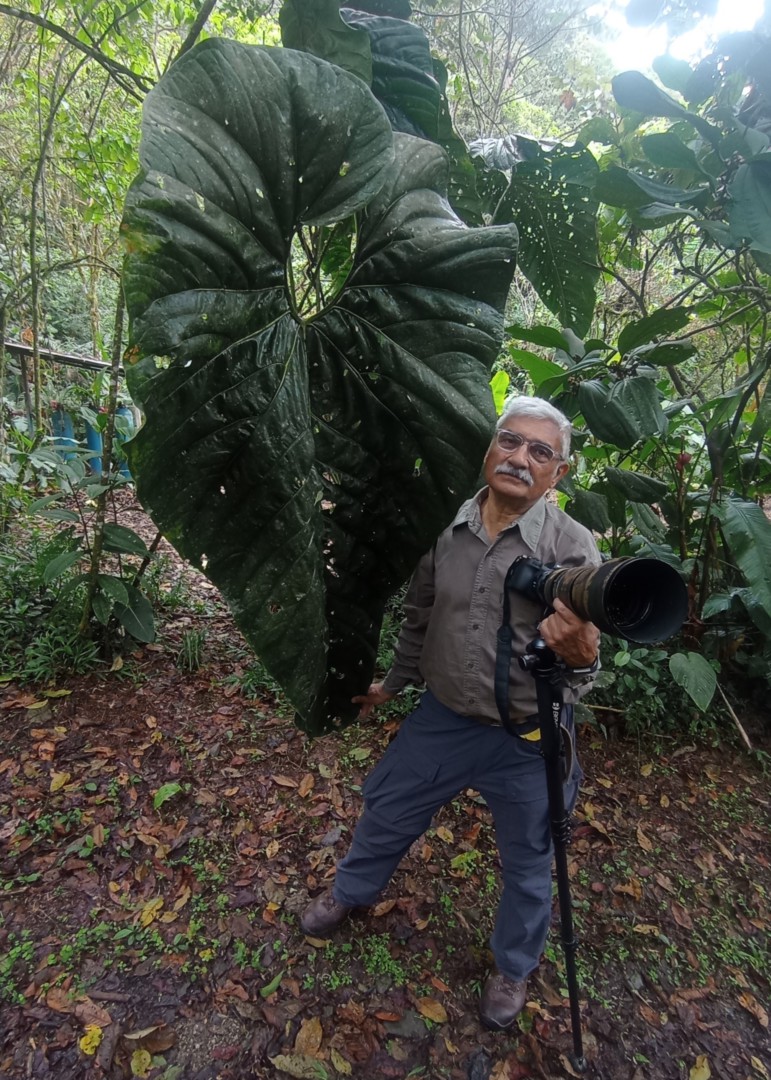
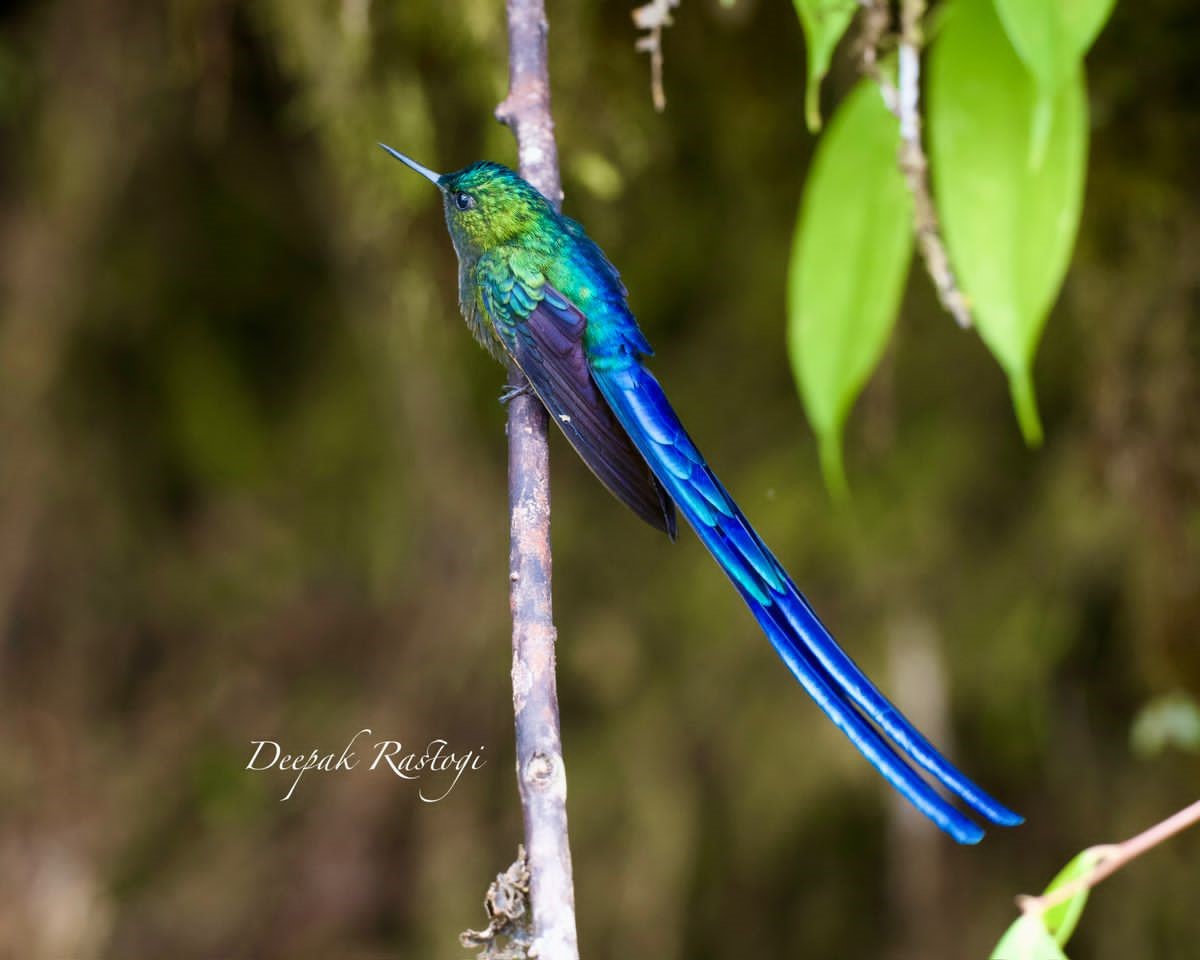
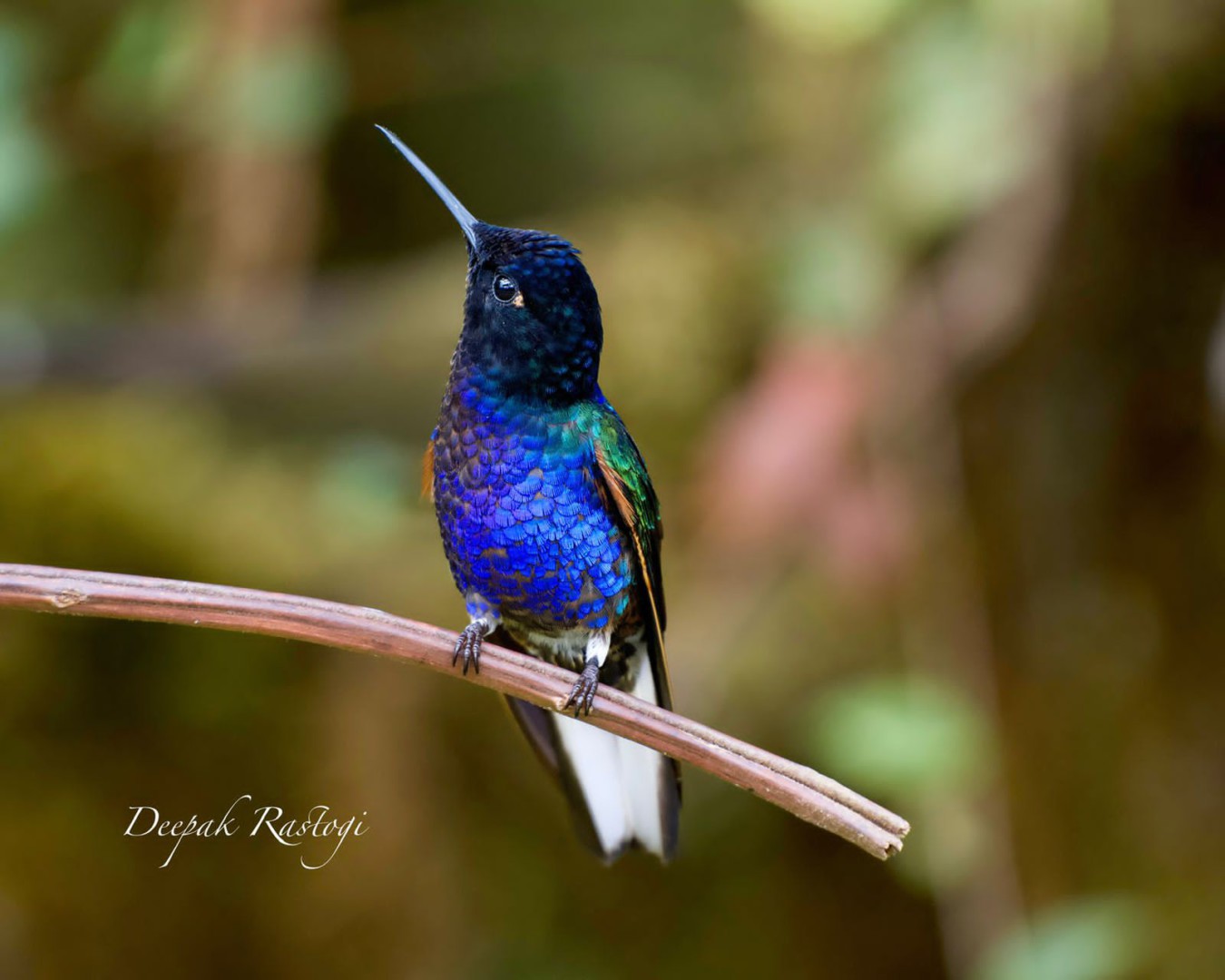
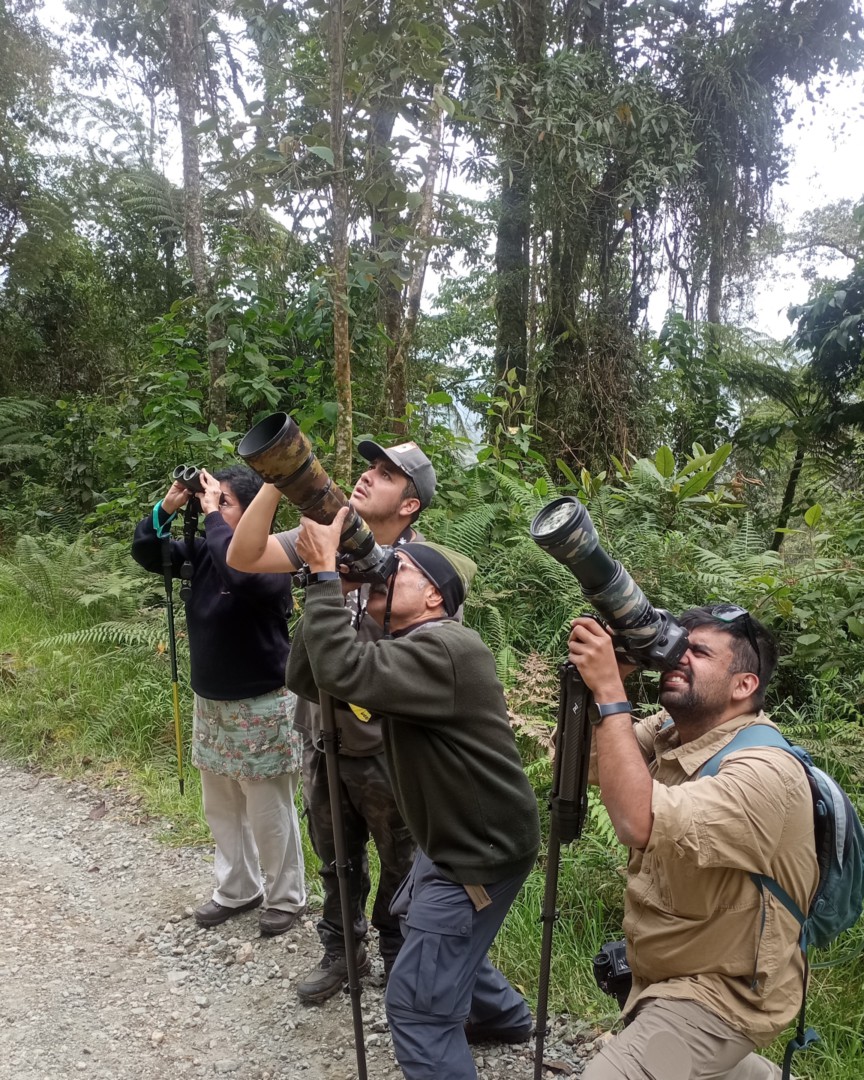
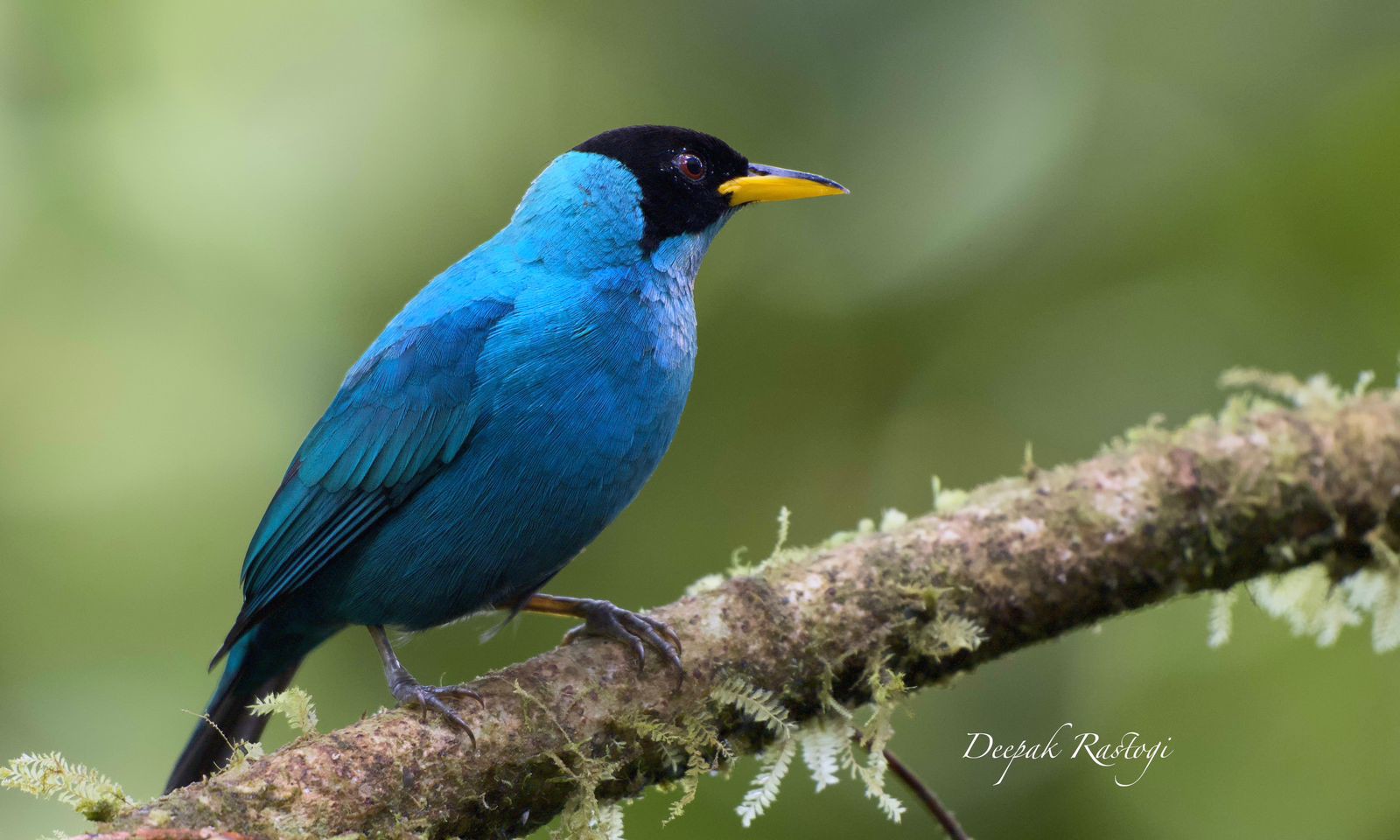
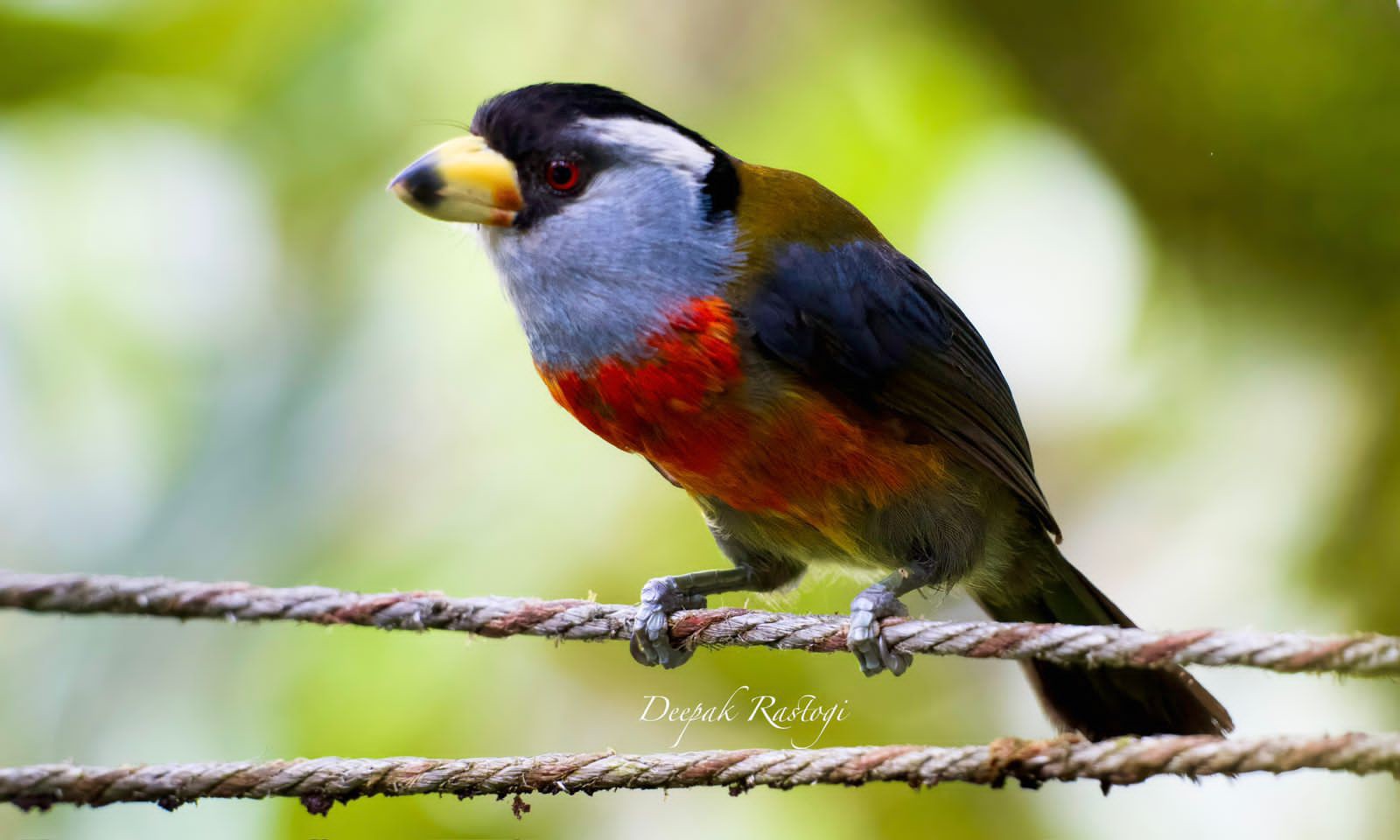
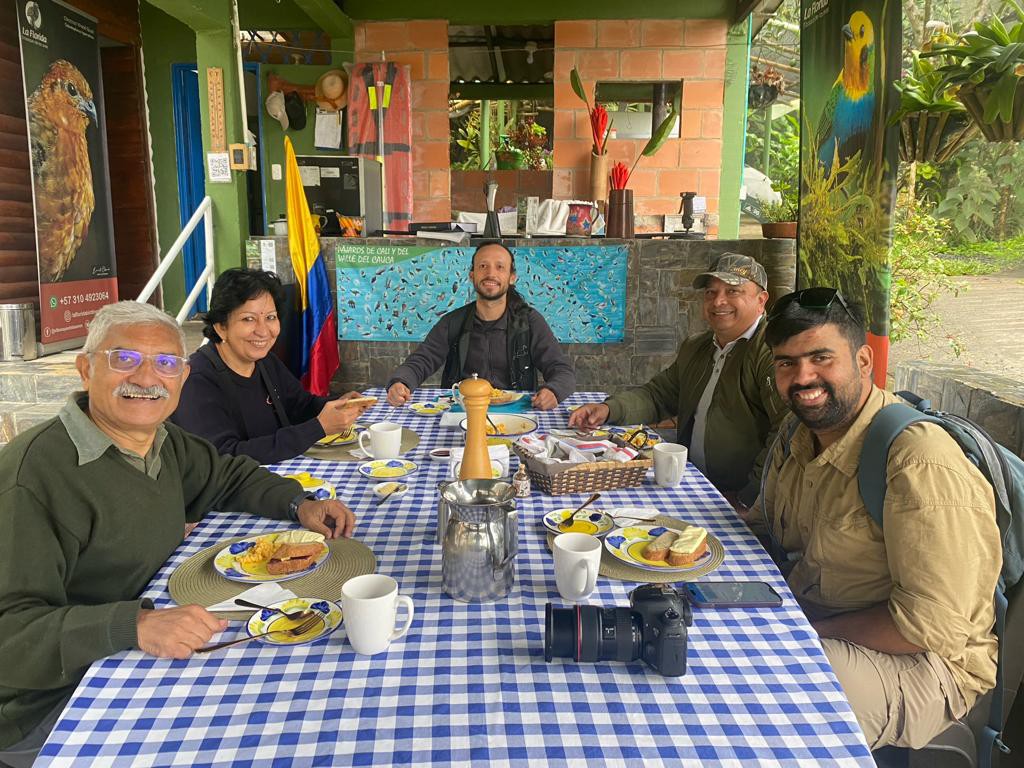
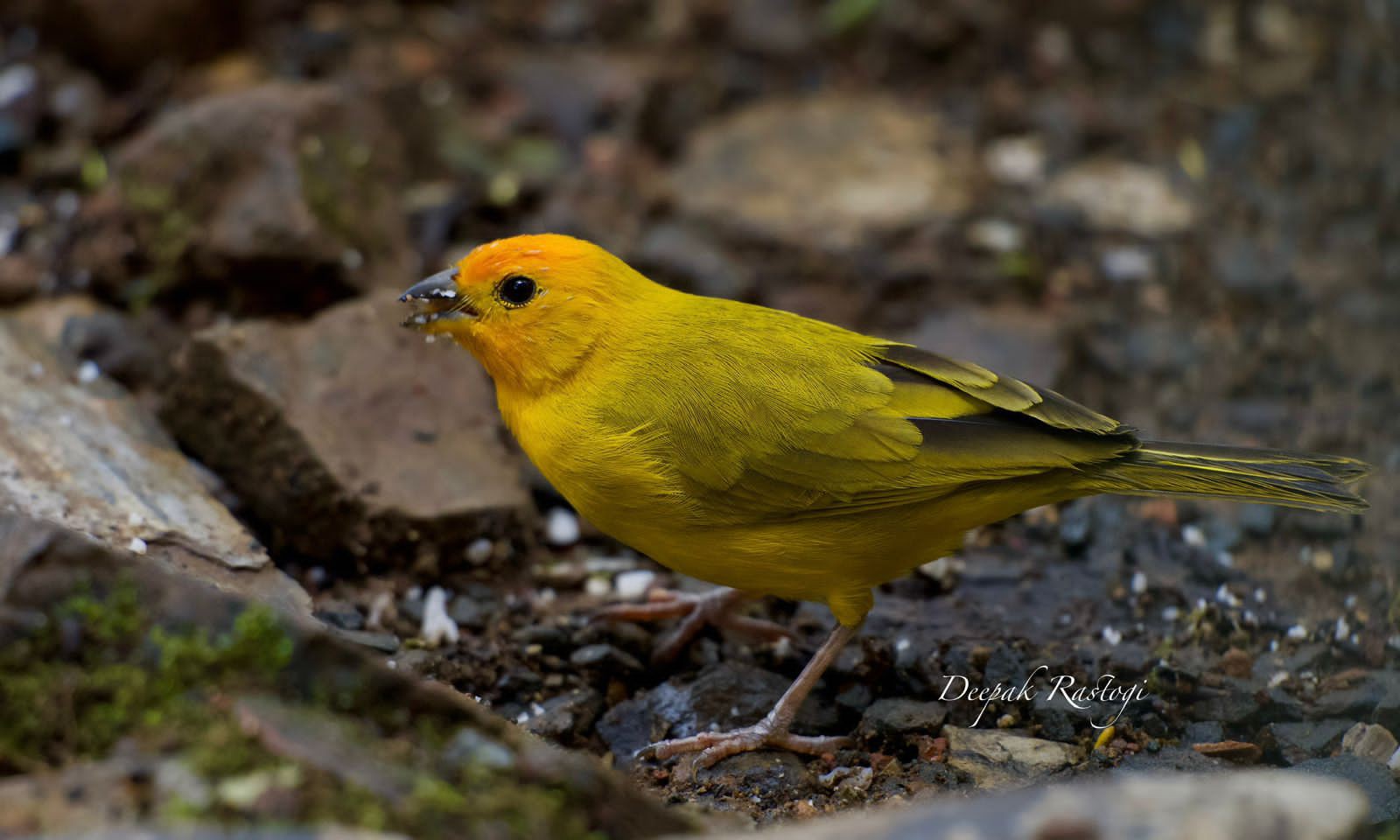
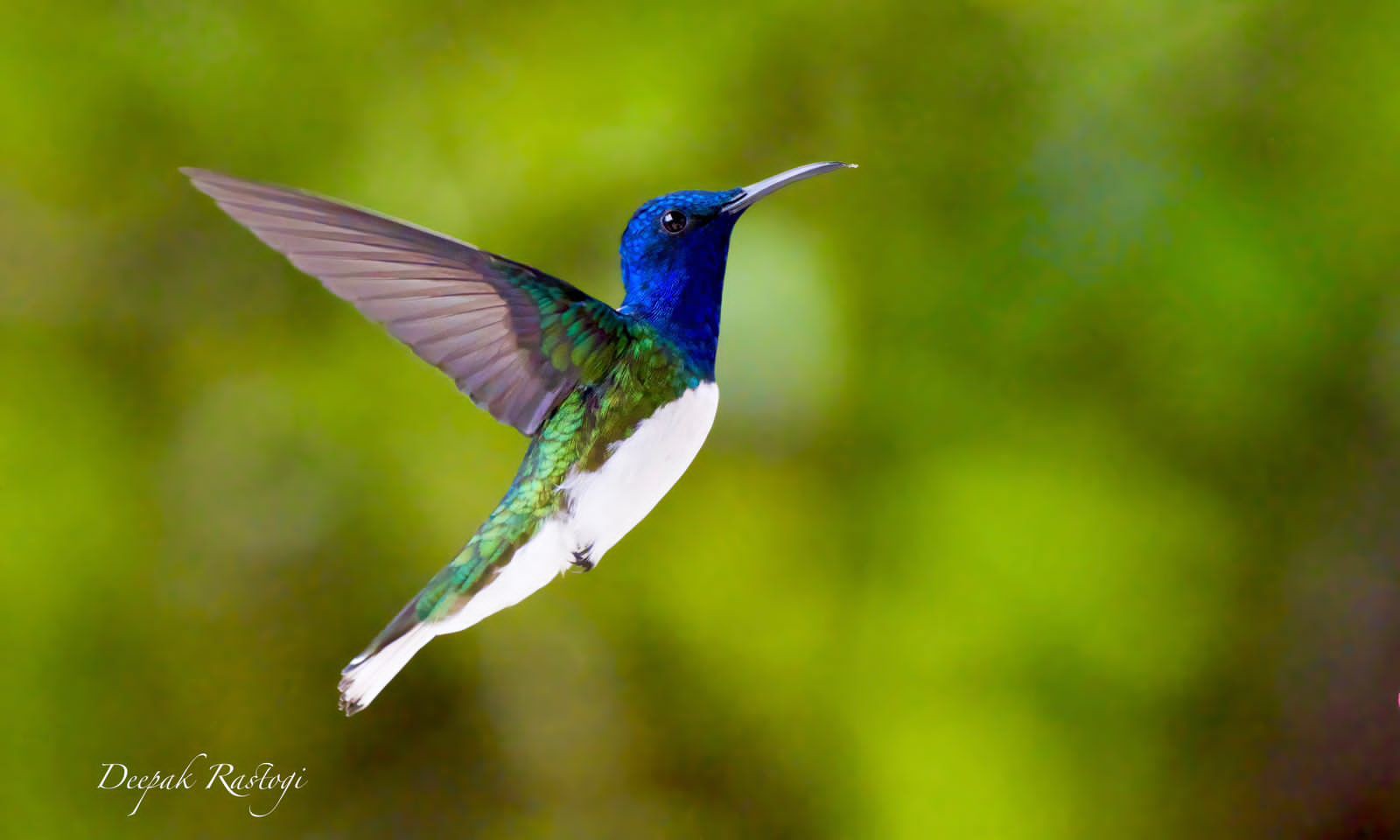
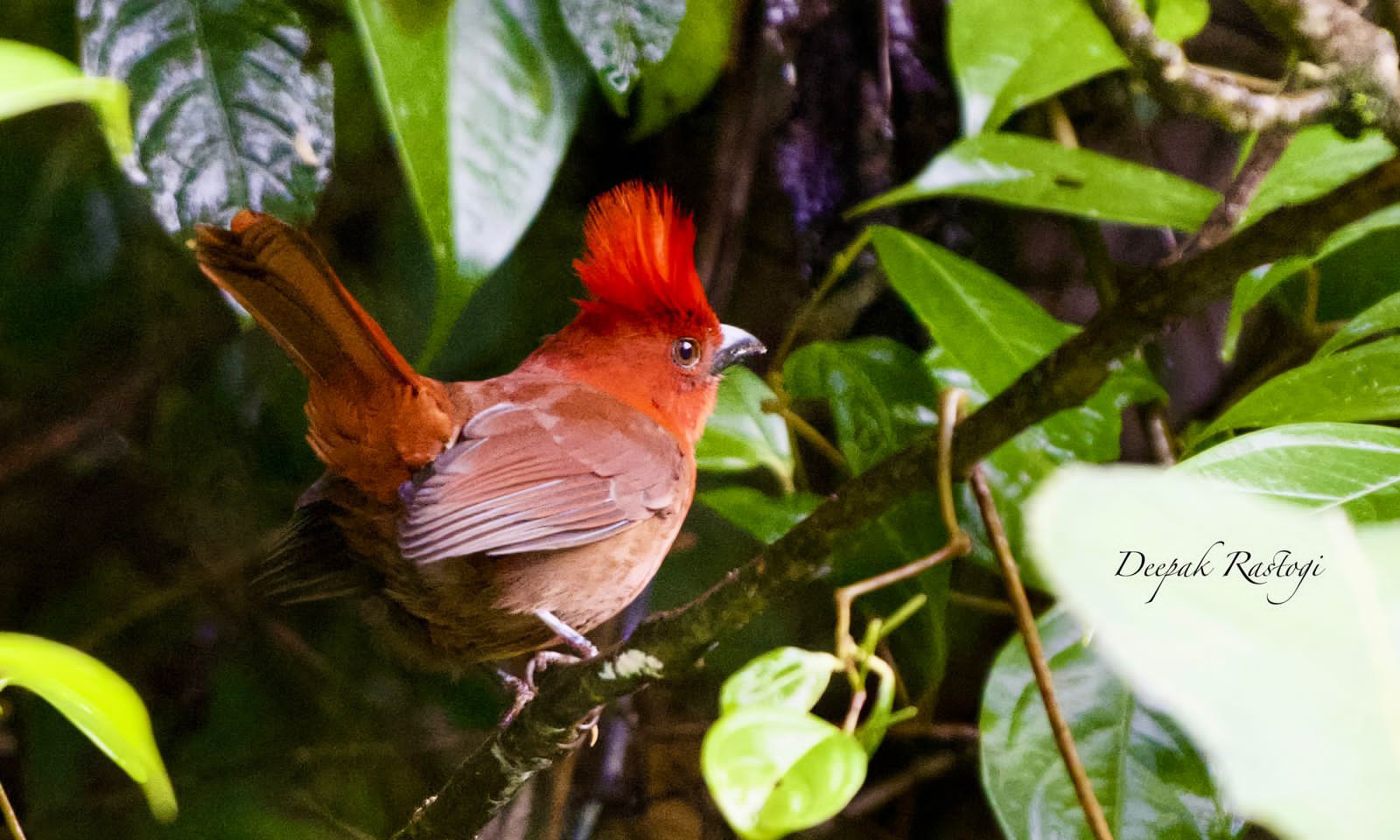
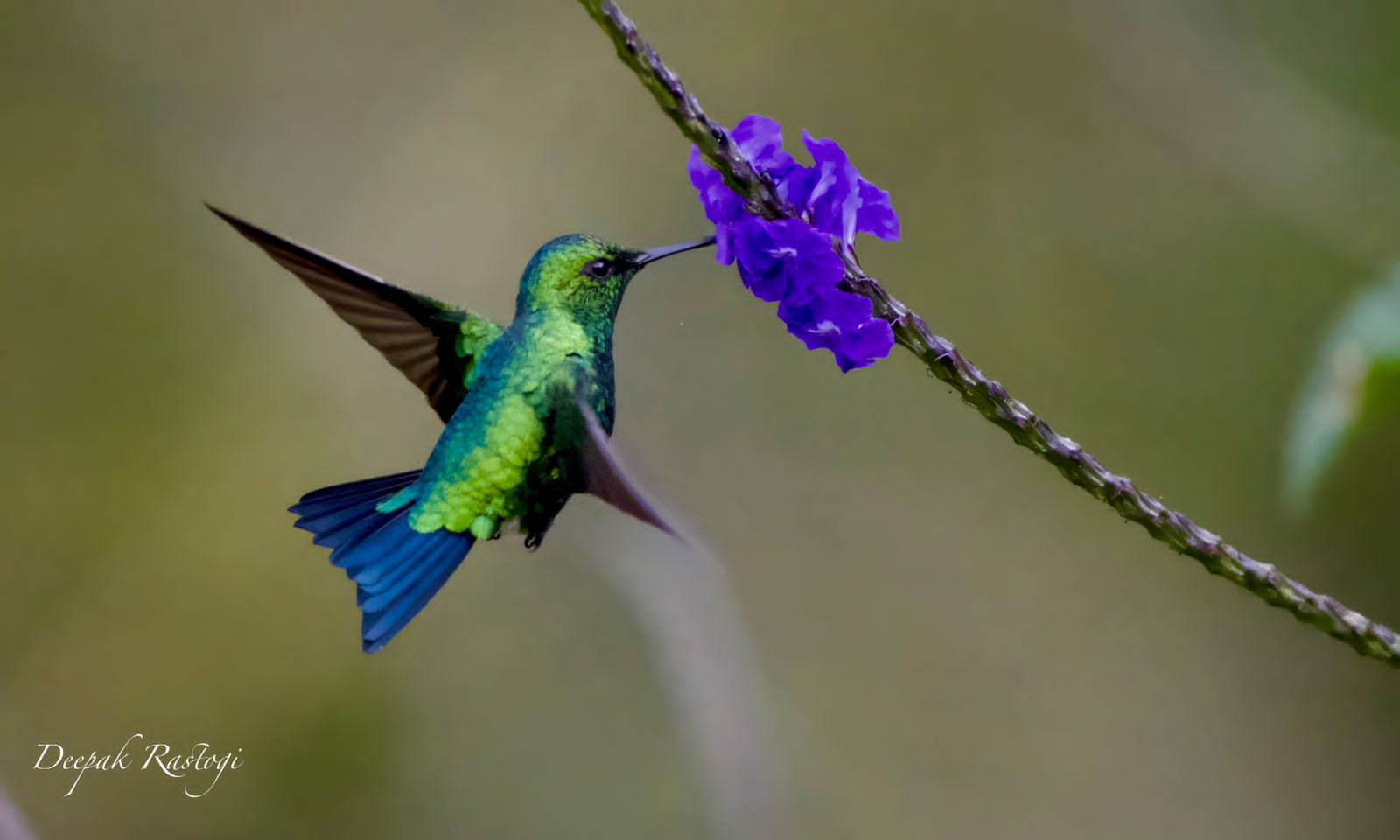
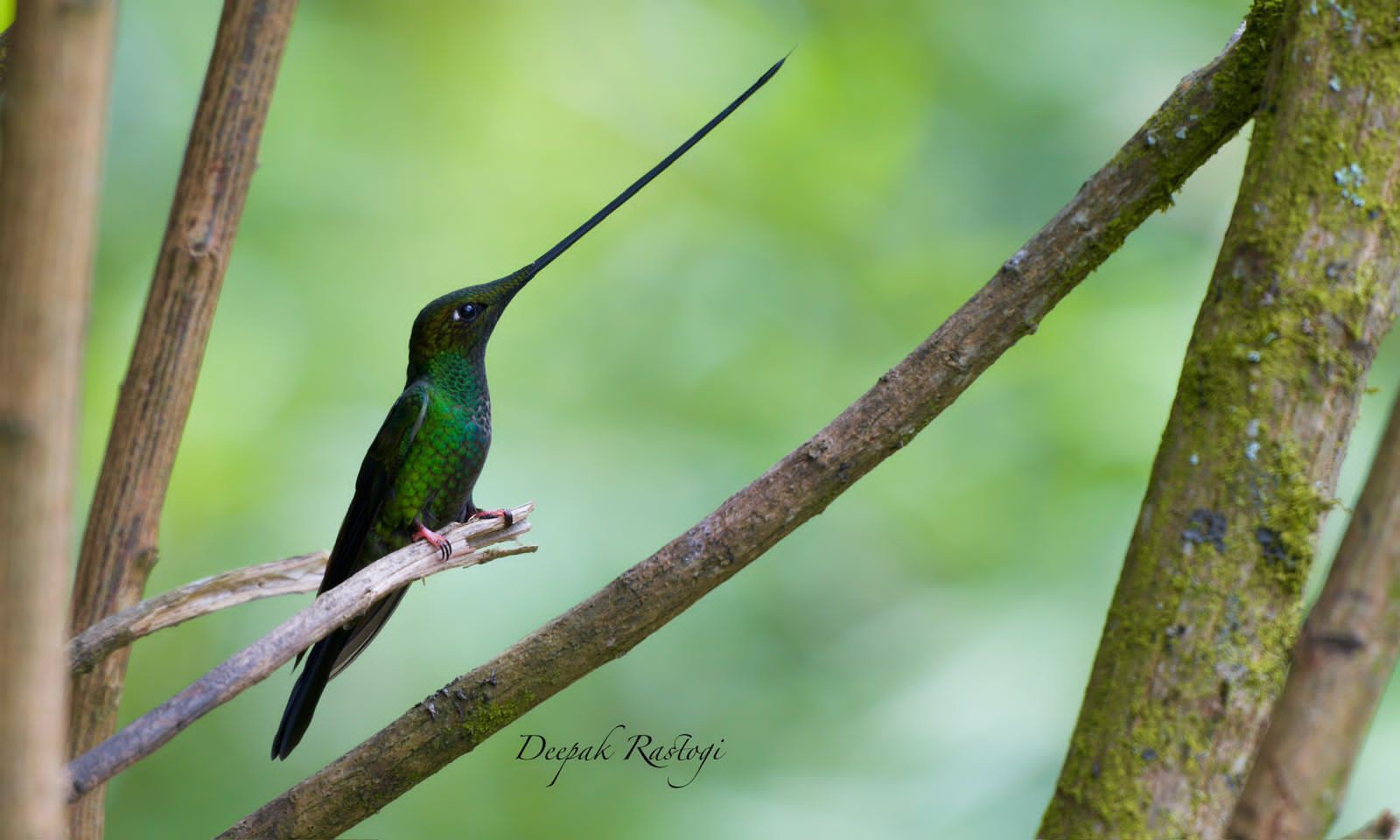
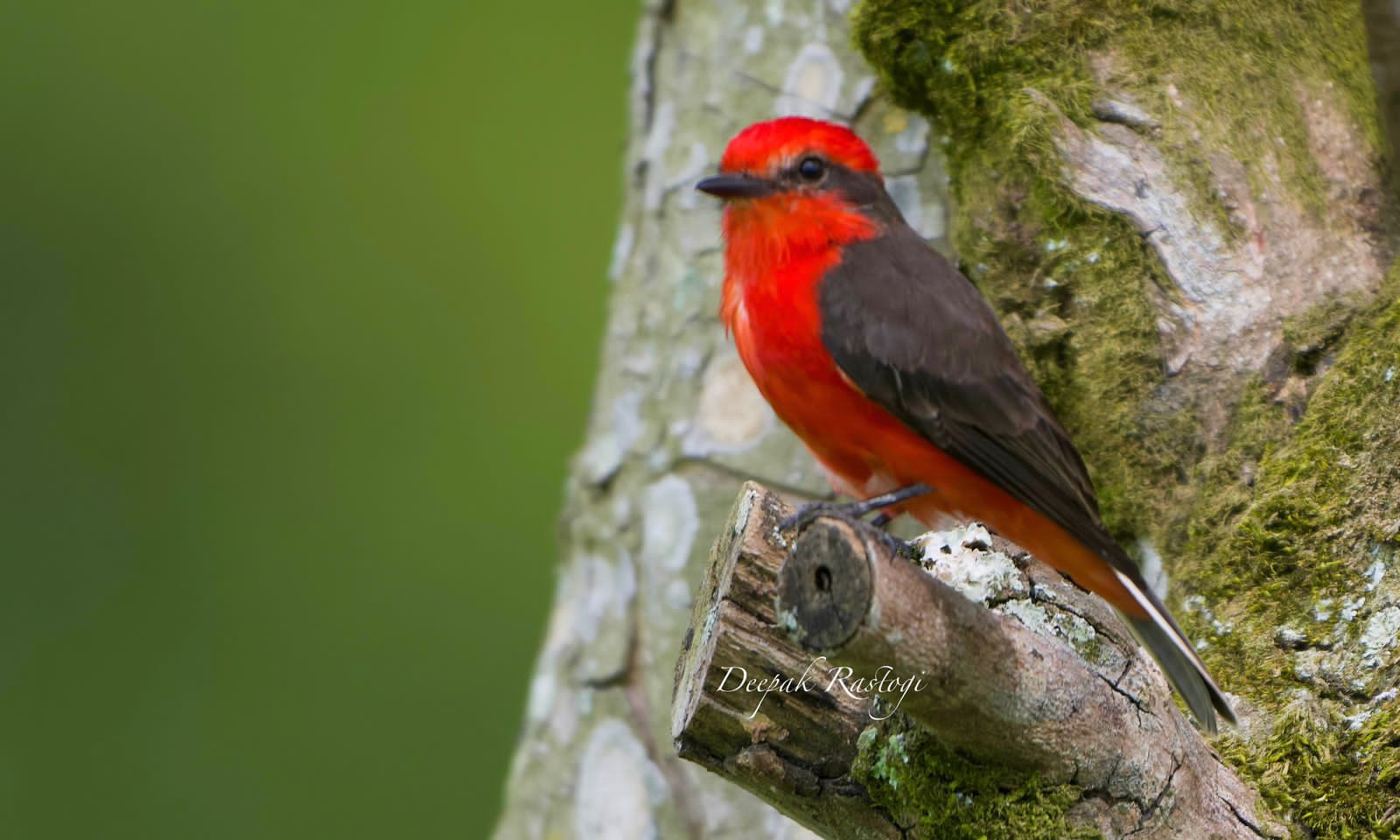
Rajesh Kumar (Panwar)
Fantastic trip report. Thanks for arranging the trip and making it a memorable one for our clients